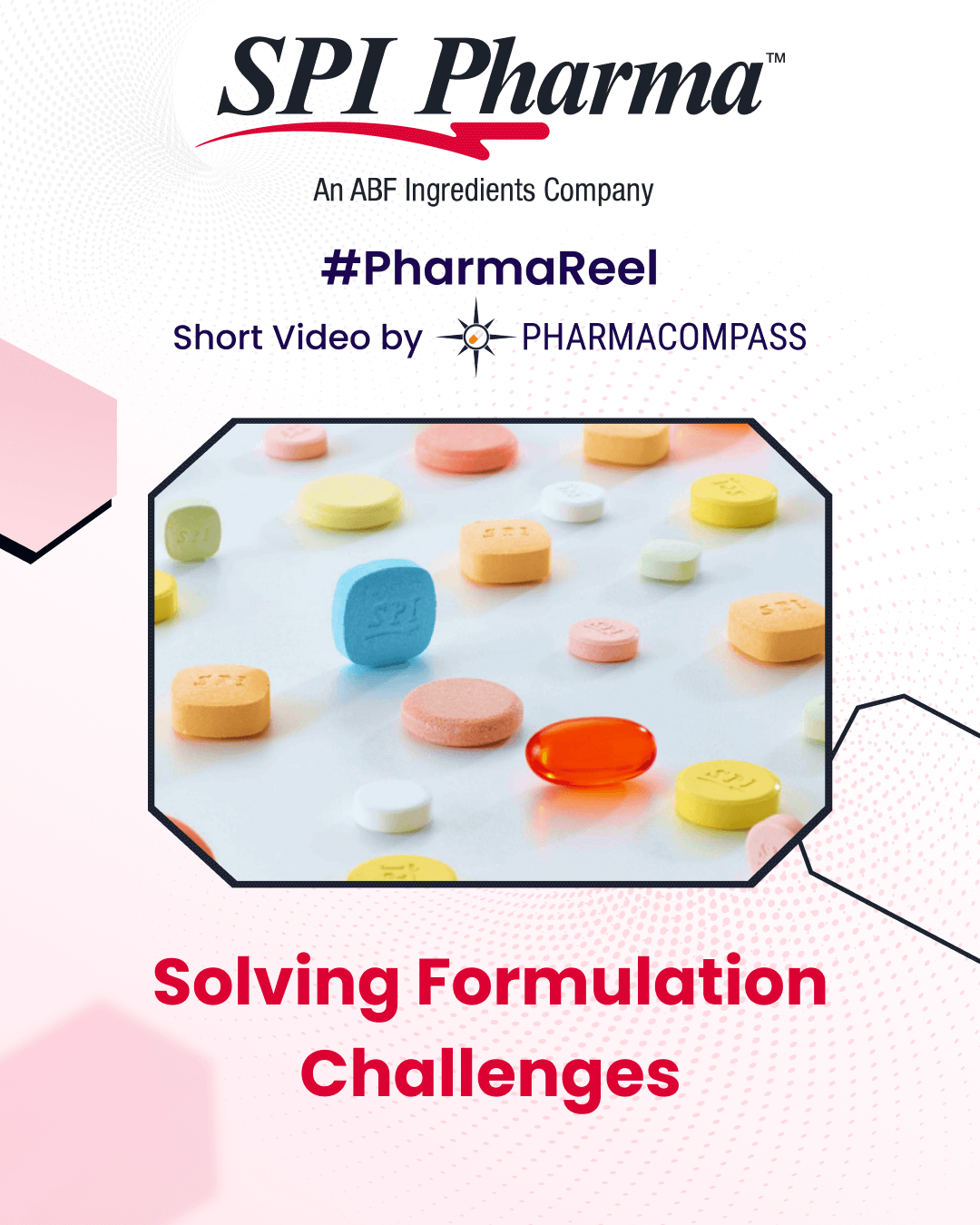Overview of oligosaccharide API development & chemical synthesis, from clinical supply to large scale commercial manufacturing by CDMOs & CMOs.
Q1. What are pharmaceutical oligosaccharides?
Oligosaccharides are carbohydrates, composed of up to ten monosaccharides linked by glycosidic bonds, which are widely used in the food and pharmaceutical industries. Oligosaccharides with regulatory activities are called oligosaccharins. Oligosaccharins can function as molecular signals in plants that regulate growth, development, and survival in their surrounding environments.
While some pharmaceutical oligosaccharides are sourced naturally (e.g. from plants, milk, etc.), most of them are prepared by partially breaking down more complex carbohydrates (polysaccharides) by chemical processes for oligosaccharide API development.
Oligosaccharides are composed of two to ten, similar or dissimilar, sugar monomers. Disaccharides, made up of two monosaccharides, are the most common pharmaceutical oligosaccharides. Some of the most physiologically essential disaccharides are listed below.
- Maltose
- Isomaltose
- Lactose
- Sucrose
- Lactulose
- Trehalose
Oligosaccharides are further grouped into:
1. Simple (true) oligosaccharides - which are oligomers of monosaccharides that yield only monosaccharides on complete hydrolysis.
2. Conjugate oligosaccharides - oligomers of monosaccharides linked to a non-saccharide, such as a lipid aglycon, usually a long chain fatty acid, alcohol or amine, or a carbocyclic steroid or terpenoid.
If there are more than ten sugar monomers, then these carbohydrate based molecules are referred to as polysaccharides or complex carbohydrates. Polysaccharides (glycans) are divided into two groups, homopolysaccharides and heteropolysaccharides (e.g. cellulose, starch).
1. Homopolysaccharides: Polysaccharides composed of multiple units (>10) of the same sugar monomer.
2. Heteropolysaccharides: Polysaccharides which contain two or more dissimilar monosaccharide units.
In carbohydrate chemistry, the way in which assembly of both oligosaccharides and polysaccharides occurs produces structures of enormous diversity and widely varying properties. Oligosaccharides can be made of any sugar monomers, but the majority of the existing research has been carried out on fructooligosaccharides (e.g., oligofructose) and galactooligosaccharides (e.g., raffinose, human milk).
Oligosaccharides are important to explore even further because:
- They have prebiotic properties.
- They can be used as active pharmaceutical ingredients (APIs).
- They increase mineral absorption & HDL/LDL ratio.
- They decrease blood pressure.
Furthermore, bacteria that feed on these fermentable carbohydrate based molecules produce many beneficial substances, including short-chain fatty acids (SCFAs) and certain B-vitamins, which impart the following benefits:
- Anti-cancer properties
- Lower cholesterol
- Improved insulin sensitivity and glucose metabolism
- Improved immune system function
Q2. What are synthetic oligosaccharides and how they are used as active pharmaceutical ingredients?
Oligosaccharides API Development
Chemically manufactured carbohydrates, which may be used as active pharmaceutical ingredients, are called synthetic oligosaccharides. Synthetic oligosaccharides have been used extensively in studying glycochemistry and glycobiology in human health and disease.
Such contributions to carbohydrate chemistry are associated with the immune system, antimicrobials, vaccines, cancer therapeutics, carbohydrate-binding proteins, carbohydrate based molecules or carbohydrate based active pharmaceutical ingredients (APIs) and novel drug delivery systems.
Synthetic oligosaccharides and glycoconjugates are thus increasingly used as probes for biological research and as lead compounds for complex drug and vaccine discovery. Heparin and heparan sulfate are examples of natural polysaccharides (glycan) which are used as active pharmaceutical ingredients (APIs), thereby achieving oligosaccharides API development.
The synthesis of oligosaccharides, however, is riddled with complications due to a lack of routine preparation and commercial manufacturing routes available for oligosaccharide API development.
Recent oligosaccharides drug development strategies such as one-pot multi-step protecting group manipulations, the use of unified monosaccharide building blocks, the introduction of stereoselective glycosylation protocols, and convergent strategies for oligosaccharides API development and drugs based on carbohydrates, are beginning to address these problems.
There are various CDMOs that offer synthetic oligosaccharides drug development (oligosaccharides API development) and manufacturing services from clinical supply to commercial manufacturing.
A logical first step in selecting a CMO (contract manufacturing organization) or a CDMO (contract development and manufacturing organization) for oligosaccharide manufacturing services involves making an assessment of internal capabilities, strengths, and needs that can then be overlaid on anticipated external requirements.
These CDMOs have been a feature of the pharmaceutical industry for some time now and have emerged as critical components for oligosaccharide drug development and commercial manufacturing.
Q3. What are sulfated oligosaccharides and what is their role in drug development?
Sulfated oligosaccharides are oligosaccharide chains containing sulfate compounds. Sulfated oligosaccharides and the delivery systems containing their lower molecular weight derivatives (sourced from marine macroalgae) have a variety of biological activities.
Depending on the source of the oligosaccharides and polysaccharides, sulfated carbohydrate molecules can be divided into three broad groups; (1) Fucan or fucoidan from brown seaweed, (2) Galactan or carrageenan from red seaweed, and (3) Ulvan from green seaweed.
The unique structures and sulfation patterns of complex oligosaccharides and polysaccharides or glycans from the brown, red and green seaweeds possess a broad spectrum of therapeutic properties. For e.g. Agarose (AP) is obtained from red algae and has a long history of being used as food ingredients in East Asia. Agaro-oligosaccharides (AO) derived from AP have potential prebiotic effects.
Furthermore, agaro-oligosaccharides also impart antioxidant therapeutic effects. However, the human gut microbes responsible for the degradation of agaro-oligosaccharides and agarose have not fully been investigated.
The steps followed to obtain these sulfated saccharides from seaweed/algae are enumerated below:
Step 1: Clean seaweed
Step 2: Extraction/precipitation via hot water/alkali/acetone fractionation, ethanol precipitation, proteolysis, etc.
Step 3: Purification via anion exchange, gel filtration, etc.
Step 4: Characterization via FTIR, NMR, rheology, etc.
Step 5: Acid hydrolysis
Step 6: Biological property evaluation
Somel polysaccharides (glycan) and oligosaccharides are in use as nutraceuticals, and oligosaccharides drug development, from preclinical and clinical supply to commercial manufacturing stages. Depolymerised and low molecular weight forms of pharmaceutical oligosaccharides dominate clinical supply with oral delivery systems possible and no reported problems with immunogenicity.
A number of proteoglycans, glycoproteins, and glycolipids contain sulfated carbohydrates. Their sulfate groups provide a negative charge and play a role in a specific molecular recognition process.
Sulfated polysaccharides and carbohydrate based active pharmaceutical ingredients (APIs) may affect multiple targets in the immune and inflammatory systems that can have impact on disease progression and outcome, including tumor progression and metastasis.
Moreover, sulfated oligosaccharides and drugs based on carbohydrates are involved in biological events such as protein localisation at cell surfaces, the control of proteolysis, the modulation of the angiogenesis and metastasis of tumours, and the oligomerization of cell growth factors.
Furthermore, novel sulfated oligosaccharide derivatives have the following therapeutic effects on mammalian subjects:
- Anti-inflammatory
- Antimicrobial
- Anticoagulant
- Antithrombotic
- Antiviral
- Antibacterial
These properties, along with its gastrointestinal, regenerative and nanomedicine applications, enable sulfated oligosaccharides and drugs based on carbohydrates to have potential applications as new targets for complex drugs, vaccines, and diagnosis developments.
Recently there has been a surge in interest to tap unexploited marine sources to develop novel therapeutics as sulfonated molecules, with appreciably few side effects and a myriad of benefits, could potentially be exploited for complementary medicine use and disease management.
Q4. What is the process for large scale enzymatic synthesis of oligosaccharides?
The increasing recognition of the roles of complex carbohydrates and carbohydrate based molecules in fundamental biological processes and their potential as new therapeutics has accentuated the requirement for access to large quantities of varying carbohydrate structures.
To elucidate the biological functions of oligosaccharides, sufficient quantities of structurally defined pharmaceutical oligosaccharides, which are of limited availability by traditional purification methods, are required. Hence, chemical and enzymatic syntheses are increasingly being adopted and becoming the norm in oligosaccharides drug development.
Oligosaccharides can be extracted naturally or prepared synthetically via (1) chemical synthesis, or (2) enzymatic synthesis. Keeping in mind the challenge of stereospecifically assembling large highly functionalized complex drug molecules in an efficient manner, enzymatic synthesis is chosen over chemical synthesis for large scale commercial manufacturing.
The enzymatic approach has several advantages over its chemical counterpart. Enzymatic glycosylation often takes place stereo- and regioselectively under mild reaction conditions without any elaborate procedures such as protection and deprotection of hydroxyl groups.
During the past two years, tremendous advances have been made in the large-scale enzymatic synthesis of oligosaccharides and carbohydrate based active pharmaceutical ingredients (APIs) using isolated enzymes or engineered whole cells. There are various CDMOs that offer these oligosaccharide manufacturing services.
Large scale enzymatic synthesis of oligosaccharides can be divided into; Glycotransferases & Glycosidases:
- Glycosyltransferases: Glycosyltransferases belong to the transferases class of enzymes, which transfer functional groups in group transfer reactions. Glycosyltransferases are enzymes that catalyze the formation of the glycosidic linkage to form a glycoside.
These enzymes utilize 'activated' sugar phosphates as glycosyl donors, and catalyze glycosyl group transfer to a nucleophilic group, usually an alcohol. In animals, glycosyl donors include nucleotide sugars and dolichol-phosphate-linked monosaccharides and oligosaccharides.
In carbohydrate chemistry, oligosaccharide synthesis can be facilitated by chemo-enzymatic methods, which employ a range of glycosyl transferases to modify a synthetic oligosaccharide precursor.
- Glycosidases: Glycosidases are enzymes that belong to the hydrolases class of enzymes, which are involved in cleaving C-O, C-N, O-P and C-S bonds in hydrolysis reactions.
Glycosidases form a large group of enzymes that hydrolyze the glycosidic bond between two or more sugars, or between a sugar and some other chemical residue. Furthermore, glycosidases synthesize varied regioisomers depending on the source of the enzyme used.
Glycosidases facilitate glycosylation, a forced, reversed reaction in which a carbohydrate, i.e. a glycosyl donor (oligosaccharide), is attached to a hydroxyl or other functional group of another molecule (a glycosyl acceptor).
Glycosynthases (mutant glycosidases) can readily form glycosidic linkages, addressing a lack of a wide range of glycosyltransferases. Furthermore, the availability, stability, and easy handling are some of the main advantages of glycosidases over glycosyltransferases.
Q5. What are some examples of commercial oligosaccharide based APIs?
Active pharmaceutical ingredients with oligosaccharide chains are referred to as oligosaccharide based APIs. These oligosaccharide based APIs can be commercialized following large scale synthesis by CDMOs & CMOs. Some examples of commercial oligosaccharide based APIs include:
- Lacto-sucrose
Lacto-sucrose, a trisaccharide oligosaccharide composed of galactose, glucose and fructose, can be sourced naturally or synthesized chemically. Lacto-sucrose is used in food products, marketed as prebiotics, has applications in the cosmetic & pharmaceutical industry, and may be used as active ingredients in finished dosage forms for treating certain skin diseases.
- Heparin Oligosaccharides
Heparin oligosaccharides, derived from heparin polysaccharides, exhibit anti-inflammatory and neuroprotective therapeutic tendencies. Heparin oligosaccharide APIs can thus be investigated as treatments for inflammation-related diseases and neurological disorders.
- Galactooligosaccharide
Galactooligosaccharides can act as active pharmaceutical ingredients, most commonly used in prebiotics, for treating stomach disorders such as constipation & colorectal cancer, and for preventing allergies in infants.
- Fructooligosaccharide
Fructooligosaccharides are forms of oligosaccharides which come from natural sources. They can be used in medicinal formulations for the treatment of constipation and for treating osteoporosis (in conjugation with calcium).
- Chitosan Oligosaccharide Lactate
Chitosan oligosaccharide lactate may be used as active ingredients and in water treatment for organic and heavy metal pollutants, biomedical devices, biodegradable packaging, textile finishing for water permeable fabrics, cosmetics, etc. It may also be used in combination with other drugs to administer active ingredients to patients via the skin/mucous membrane.
- Cyclodextrins (DDS)
Cyclodextrins (CD) are cyclic oligosaccharides with interior hydrophobic cavities and exterior hydrophilic rims. Cyclodextrins can be used in the preparation of food products and pharmaceutical formulations. They can also be used as drug delivery systems (DDS) for active pharmaceutical ingredients (APIs).
All Suppliers








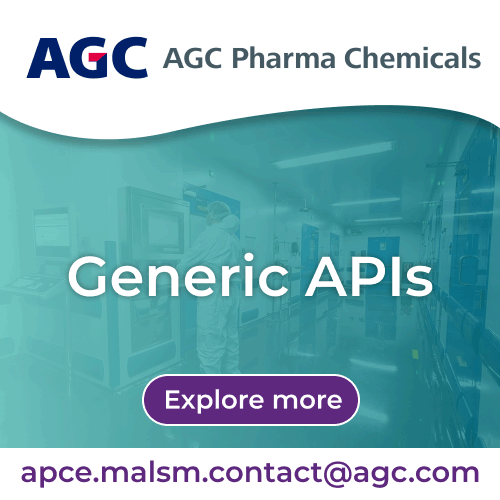
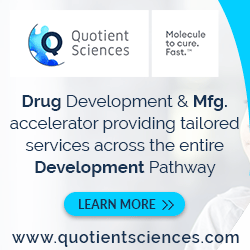
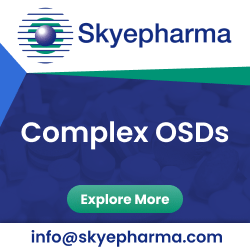
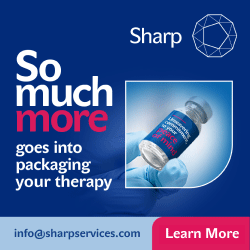





 EUROAPI, the leading small molecules API player, provides both API sales & CDMO services.
EUROAPI, the leading small molecules API player, provides both API sales & CDMO services.









